American Credit®:$ 100,000 Term Loan Funding Business Funding
American Credit® helped a Georgia-based wholesale food company secure an unsecured term loan with no prepayment penalty. Challenges: The client
Embark on a journey into the future of manufacturing in 2024 and beyond. Discover the cutting-edge innovations, automation, and sustainability shaping the factory of tomorrow. Dive into the evolution of production and explore the transformative power of Industry 4.0.

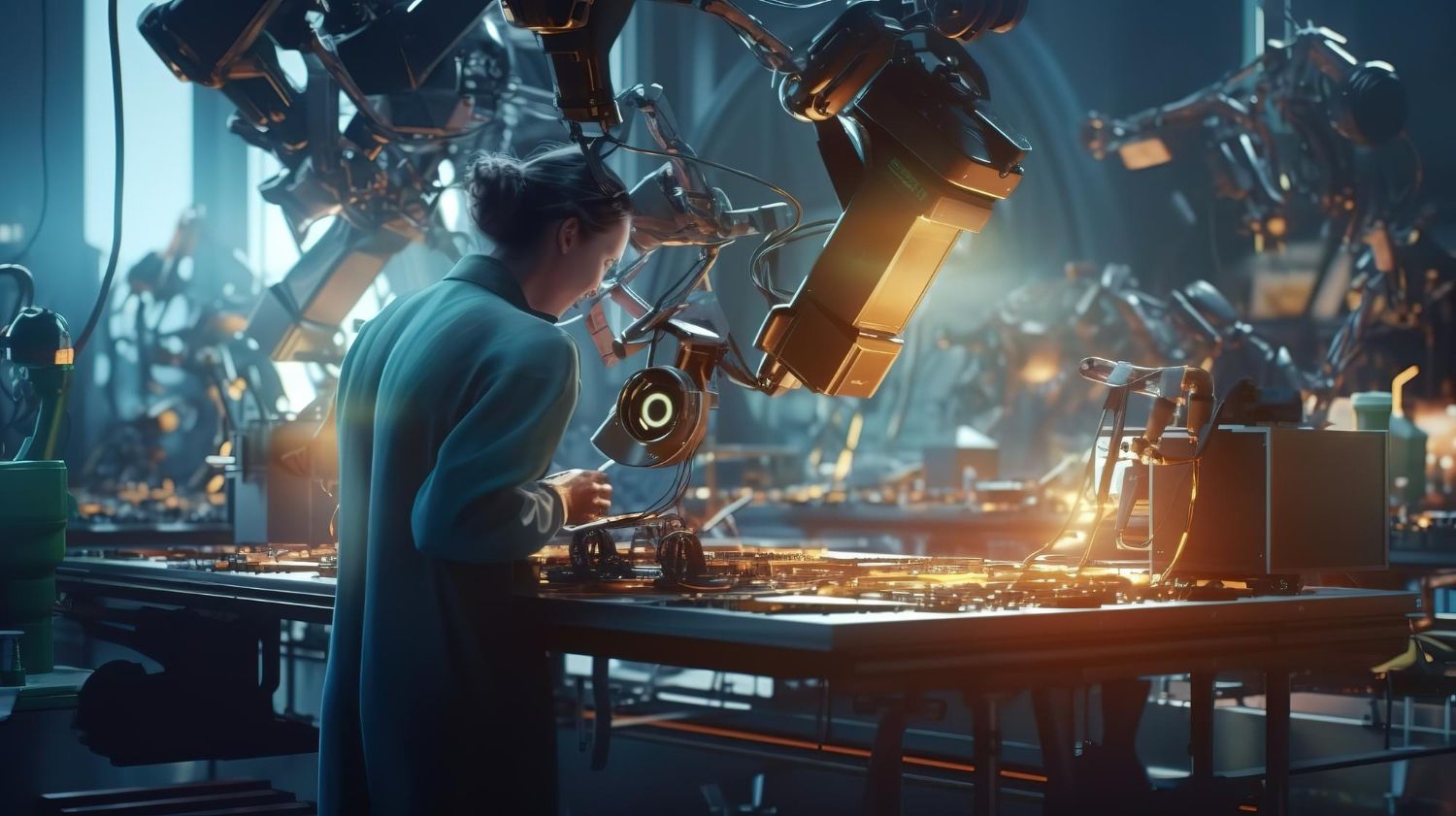
Imagine a factory floor that hums with a seamless blend of human ingenuity and technological precision. Sleek robots glide alongside workers, handling repetitive tasks with speed and accuracy.
Dashboards glow with real-time data on everything from inventory levels to energy consumption. A 3D printer whirs to life, creating a customized product unlike any made before it – not for mass production, but for a single customer's specific need.
This isn't a far-off fantasy; it's a glimpse into the Factory of the Future. Manufacturing, a cornerstone of our economy, is undergoing a seismic shift. As an AI Fintech lender specializing in asset-based lending, I have witnessed transformative change in the manufacturing sector.
The methods that ensured success in the past will not guarantee it tomorrow. This article dives into the trends, technologies, and mindsets that will make or break manufacturers in 2024 and the years to come.
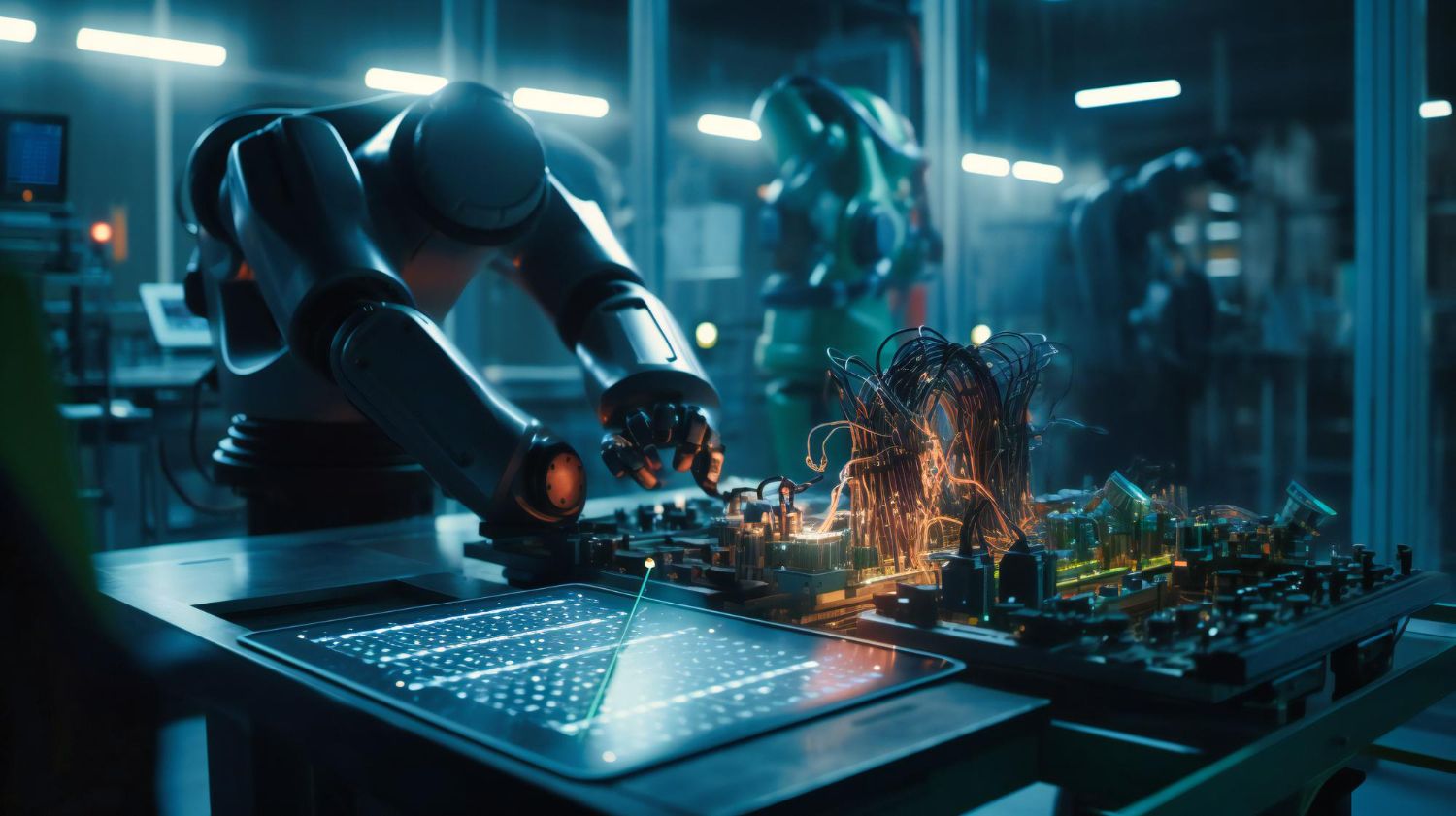
When we hear "automation," the image of giant, caged-off industrial robots often comes to mind. But the future of automation centers on a newer breed: cobots. Designed for collaboration, these robots are smaller, more flexible, and inherently safer to operate alongside humans.
Think of them as tireless assistants, taking on dangerous, repetitive, or tedious tasks, freeing up human workers for higher-value activities.
Fears about robots stealing jobs are understandable. But the reality is more nuanced. While some displacement will occur, automation also creates new roles in programming, maintaining, and integrating these systems.
In many cases, cobots are filling labor shortages, allowing manufacturers to scale up even when they can't find enough traditional workers.
Consider the example of XYZ Manufacturing, a mid-sized company specializing in precision-machined parts. By investing in cobots for materials handling and machine loading, they increased throughput by 25% without expanding their workforce.
This allowed them to meet surging demand and invest those gains in developing new, innovative product lines.
Takeaway: Automation is no longer a choice, it's how you stay competitive. Manufacturers must start assessing where cobots or other automation solutions offer the biggest return on investment and begin the integration process proactively.
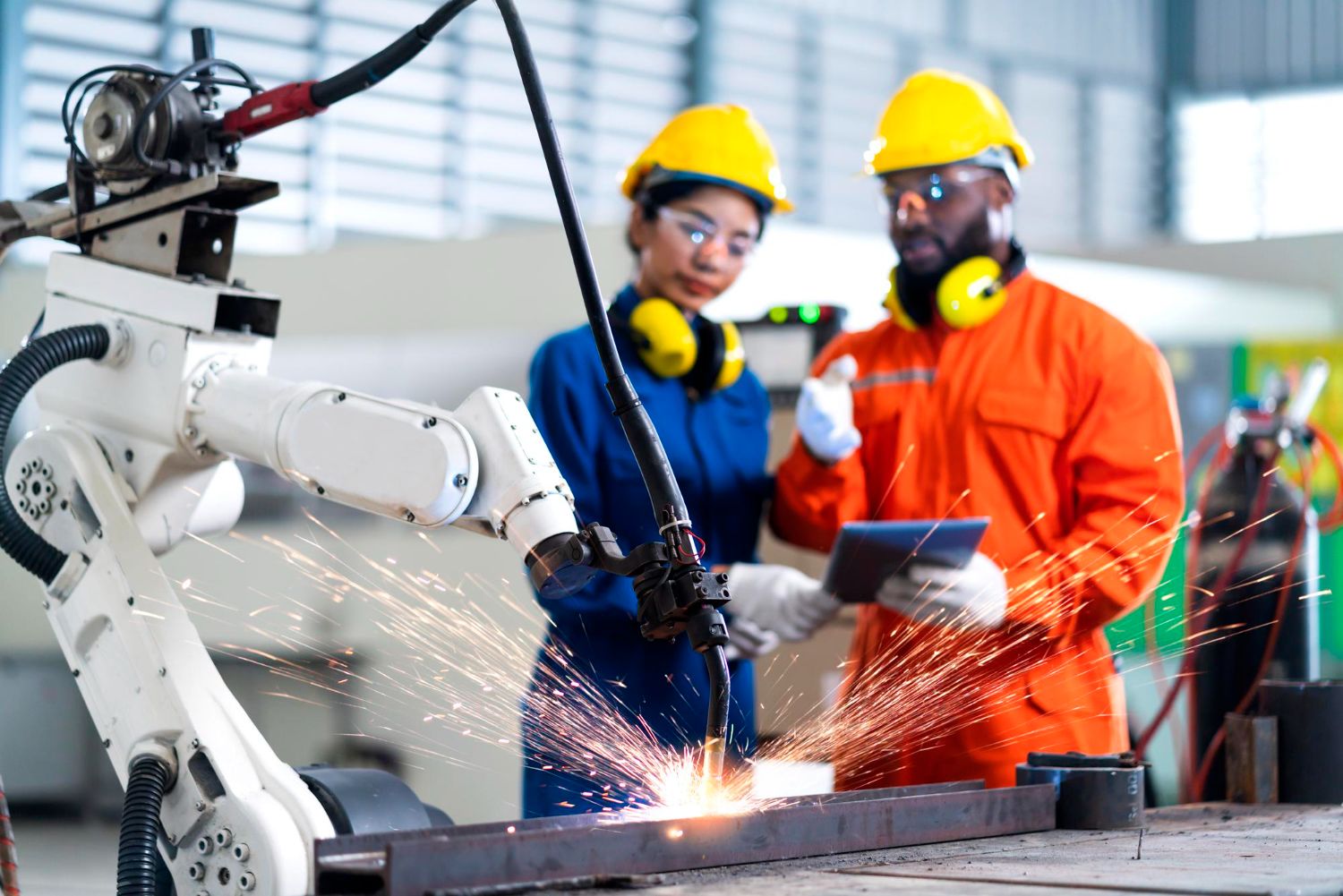
Artificial Intelligence (AI) has been the subject of both hype and fear-mongering. Let's cut through the noise and focus on what AI means for factories today and in the very near future.
Takeaway: AI isn't reserved for only the biggest manufacturing players. Companies that start identifying potential use cases and exploring AI solutions now will gain a significant competitive edge.
Sustainability is no longer a feel-good initiative for manufacturers; it's a necessity driven by consumer expectations, tightening regulations, and even pressure from investors. The old model of linear production (take resources, make things, create waste) simply isn't viable for the future.
Takeaway: Manufacturers need to move beyond incremental green gestures towards a fundamental shift in how they operate. This means scrutinizing every stage of production for waste reduction opportunities, rethinking material choices, and embracing the innovation driven by a circular economy mindset.
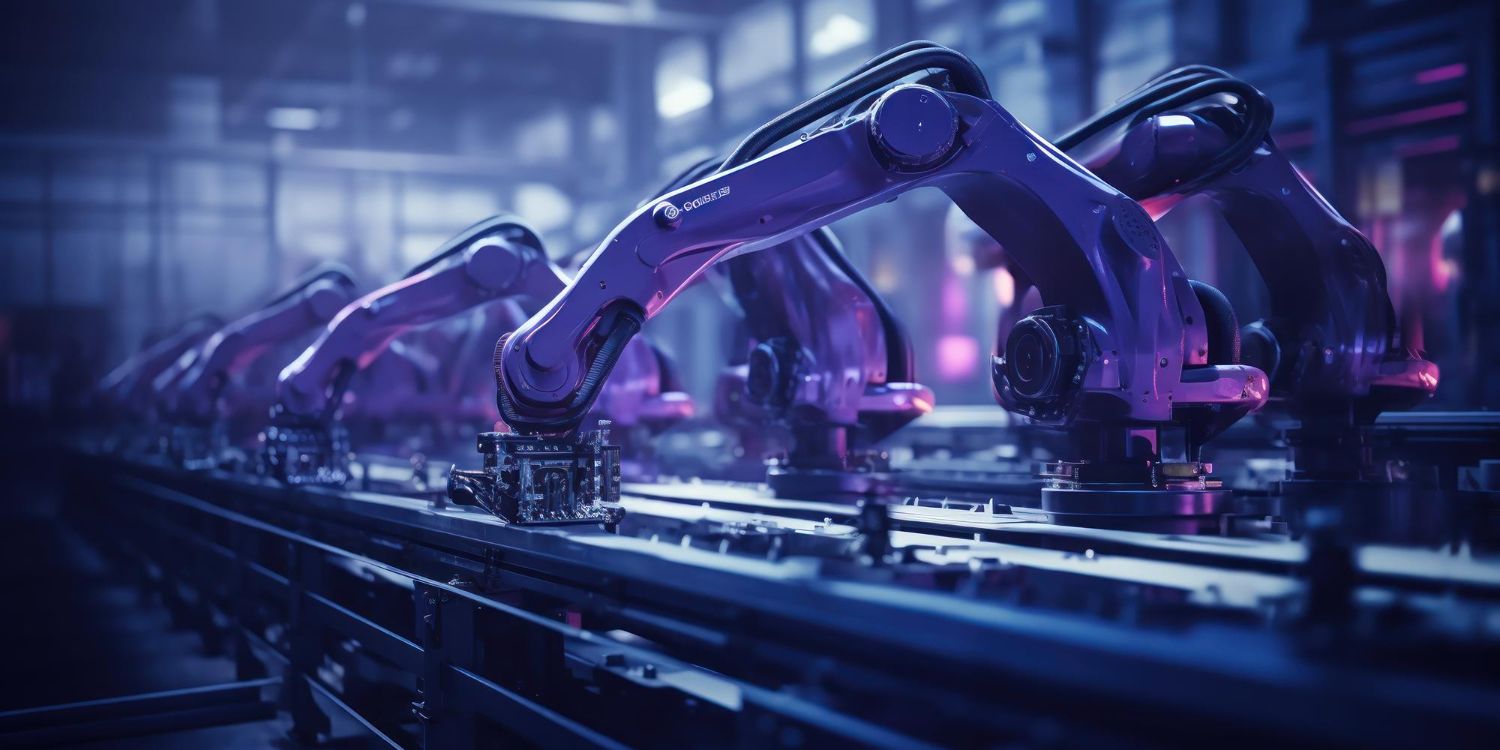
The factories of the future run on data. A vast network of sensors, embedded in machinery, tracking inventory, and even worn by workers, generates a constant stream of information.
However, data alone won't transform manufacturing. It's harnessing that data for actionable insights that unlock game-changing results.
Takeaway: Manufacturers urgently need a data strategy. This involves both investing in the technology (sensors, analytics platforms) and – crucially – training staff at all levels to understand and leverage the insights this data provides.
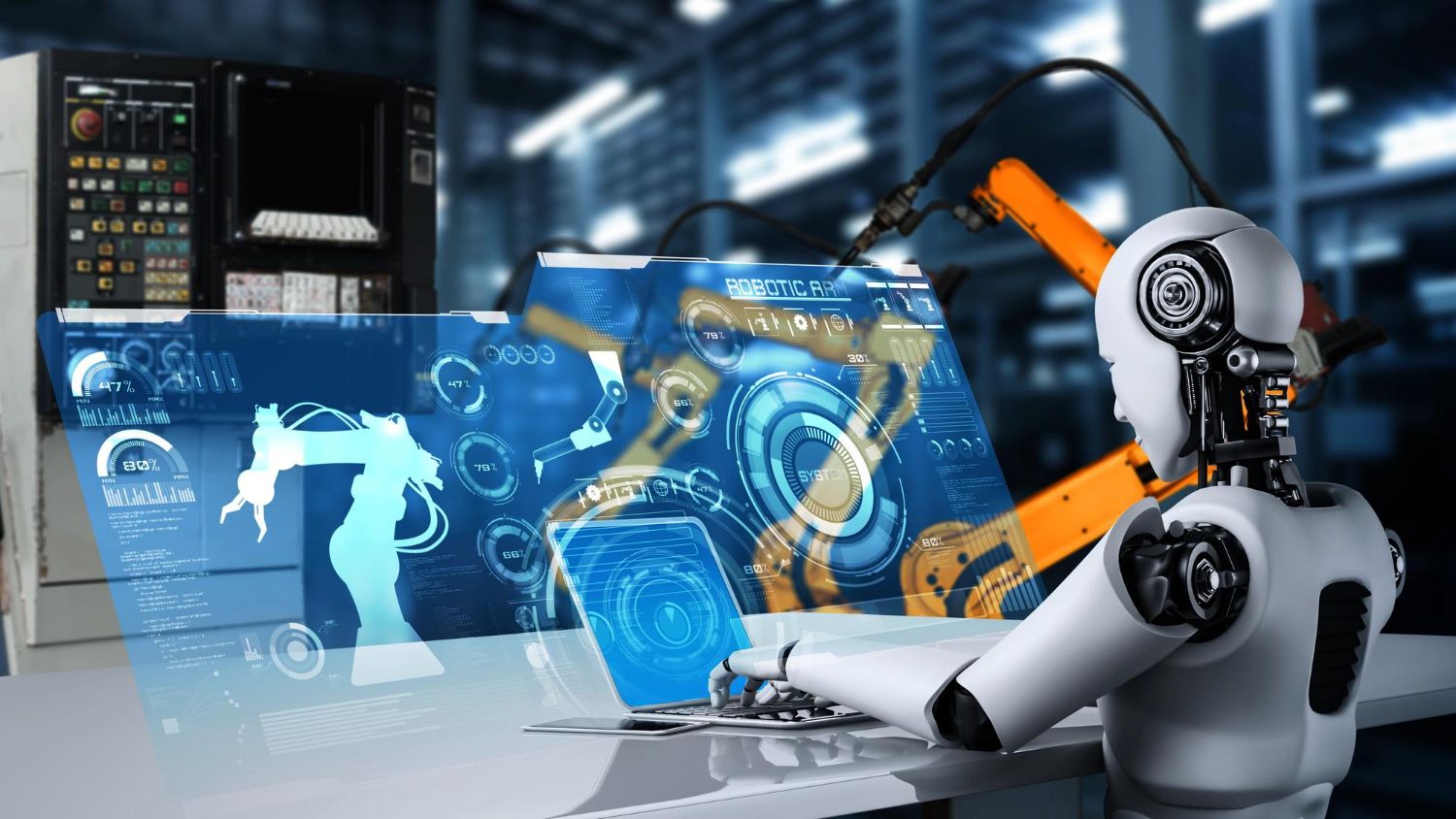
The trends we've explored – automation, AI, sustainability, and data as the lifeblood of factories – are interconnected. Success in the manufacturing landscape of 2024 and beyond depends on embracing this integrated approach. It can feel daunting, but the cost of inaction is far greater.
The Factory of the Future offers incredible opportunities. Manufacturers who innovate will produce customized products with unparalleled speed and efficiency.
They will operate with resilience, weathering supply shocks and shifting consumer demands. You can also expect companies to attract and retain a skilled workforce drawn to this exciting, tech-infused vision of manufacturing.
The future of manufacturing is bright, but it belongs to those who start preparing now. By leaning into innovation, prioritizing the continuous upskilling of their teams, and developing a future-focused roadmap, manufacturers can ensure they're not just surviving, but thriving in the decades to come.
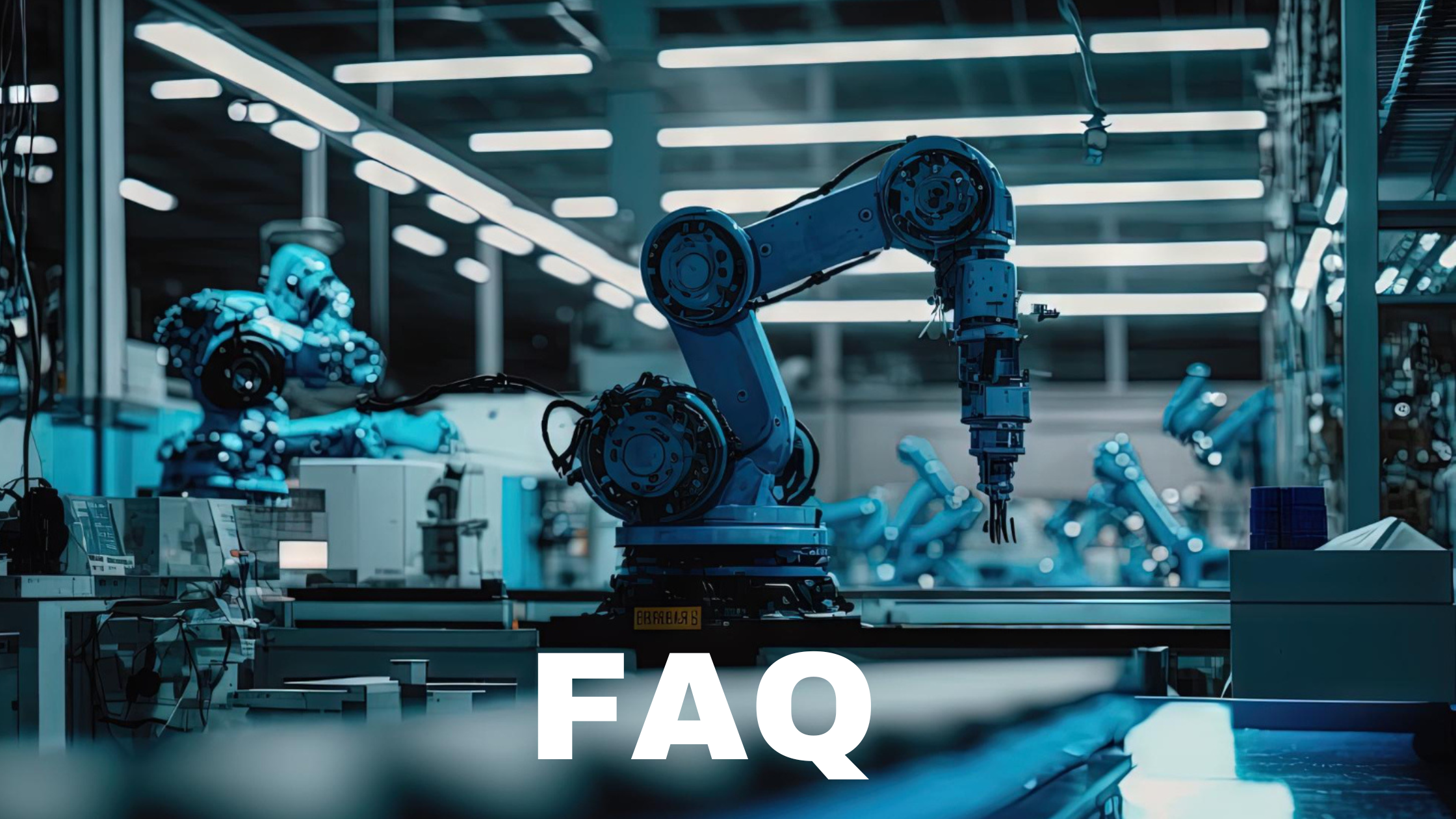
Q.My factory is small, does this apply to me?
A. Absolutely! While large corporations might have more resources, smaller manufacturers can be more nimble. Focus on targeted pilot projects – deploying a cobot for a single task, investing in an AI-powered predictive maintenance solution for a critical piece of equipment, partnering with local universities on sustainability initiatives.
Q. Is this all too expensive?
A. Technology costs are constantly decreasing. Furthermore, think of this as an investment with a return. Increased efficiency, reduced waste, and the ability to attract new customers offset upfront costs. Consider financing options, phased implementation, or government grants that may support manufacturers in future-proofing their operations.
Q. Where do I even start?
A. Firstly, don't feel like you need to tackle everything at once. Industry associations are a fantastic resource for finding case studies relevant to your business size and sector. Seek out consultants specializing in manufacturing innovation to help assess your current setup and identify the areas with the biggest potential impact.
Sign up for the newsletter and get our latest stories delivered straight to your inbox.